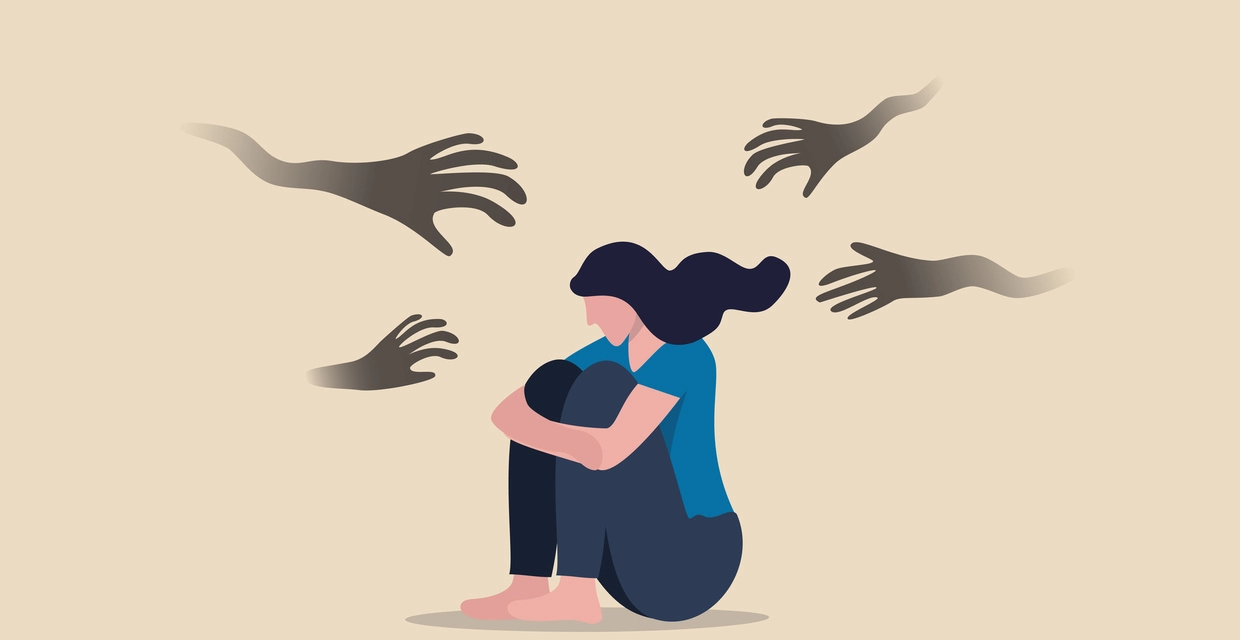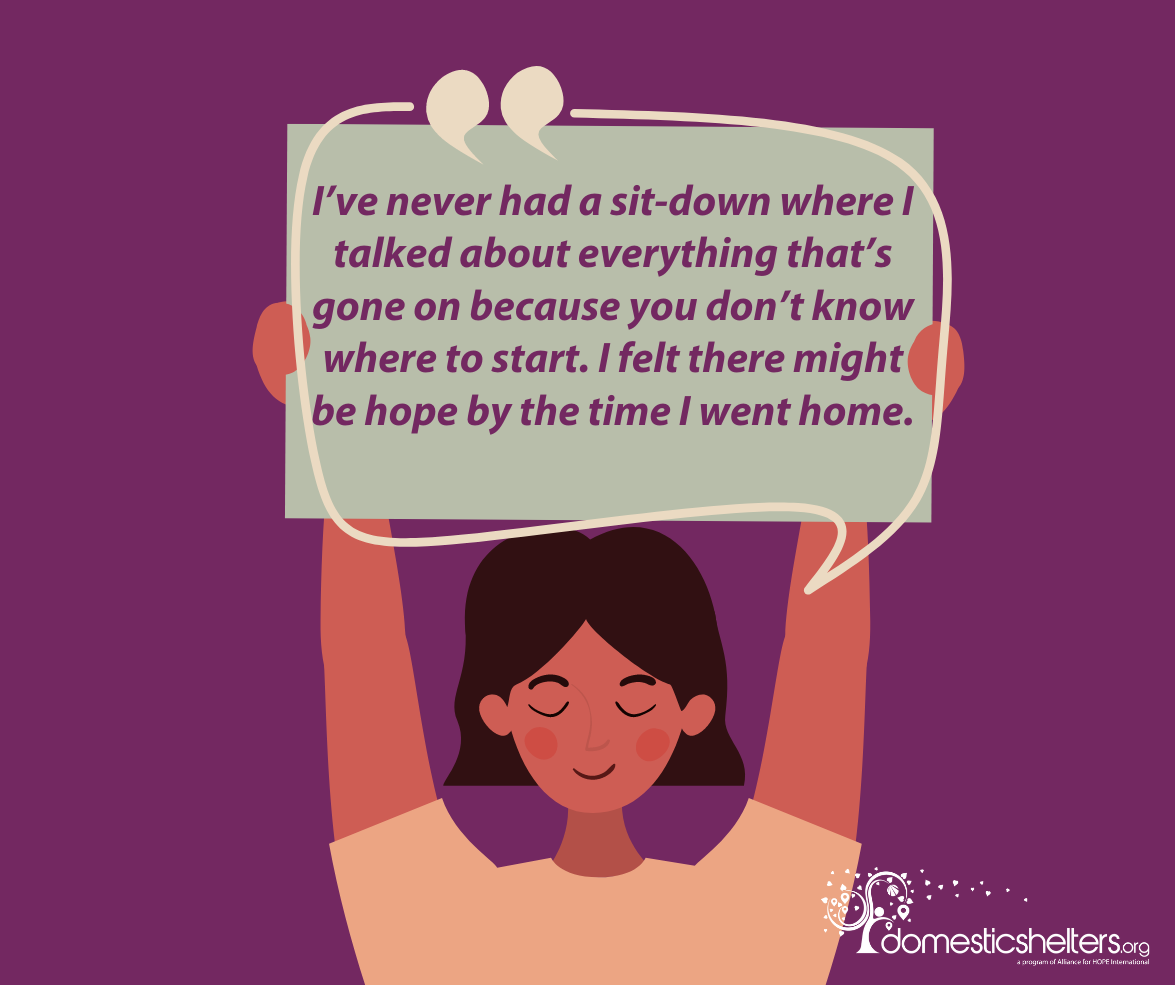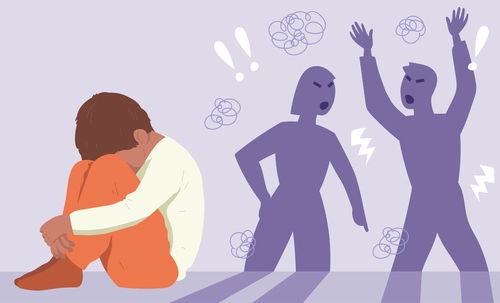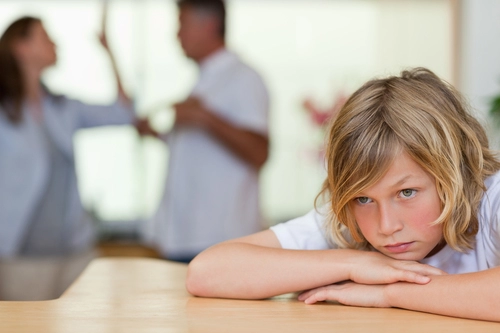1. Select a discrete app icon.

notes
What is Polyvictimization?
A new report released by the Alliance for HOPE International sheds light on this important group of survivors
- Feb 12, 2024

Polyvictimization refers to experiencing multiple types of traumas or victimizations such as physical abuse, sexual abuse, exposure to family violence, neglect and bullying, and usually at the hands of multiple perpetrators. It’s critical to know if a victim of abuse or other trauma has also been subjected to various traumas as this combined experience can play a part in both the long-term health effects and the types of services this person needs going forward. Some research suggests that polyvictimization is more detrimental than experiencing multiple incidents of the same trauma repeatedly.
From 2019 to 2023, the U.S. Department of Justice Office for Victims of Crime (OVC) supported putting in place an assessment tool designed to assess lifetime experiences of violence and trauma in survivors seeking services in Family Justice Centers. This was the second phase of a special initiative and involved five Family Justice Centers across the country.
Just under 480 individuals participated. The non-identifying data from those assessments were compiled in a recently released report as part of the Alliance for HOPE International’s collaboration with the Office for Victims of Crime (OVC) Polyvictimization Initiative.
Polyvictimization and Your ACE Score
Adverse Childhood Experiences, or ACEs, are the various traumas someone may experience in childhood including physical and sexual abuse, neglect, basic needs insecurity, having a parent who abused drugs or alcohol, or having an incarcerated parent. One can have an ACE score between zero and 10. According to research, a higher score can increase a person’s risk in adulthood of certain physical and mental health consequences, as well as increasing one’s risk for being victimized by an abusive partner or becoming an abusive partner themselves.
According to the CDC’s study of ACEs, one in six adults reported they had experienced four or more types of ACEs before their 18th birthday.
What are Family Justice Centers?
A Family Justice Center, or FJC, is a place where survivors of domestic violence, sexual assault, child abuse and human trafficking can access a multitude of services in one centralized location, such as counseling, shelter, legal or law enforcement support, parenting assistance and basic needs like clothing. Their goal is to reduce the number of places survivors need to go to access services.
How the Initiative Came About
In 2016, OVC launched a three-year special initiative to address the complex and interconnected needs of Family Justice Center clients who have experienced polyvictimization. At the heart of the Initiative was the development of the Polyvictmization Assessment Tool. The process for developing the tool was highly collaborative with the OVC, the Alliance for HOPE International, the Hope Research Center at the University of Oklahoma and multi-disciplinary teams from six Family Justice Centers across the US. The process involved extensive review, pilot testing and multiple revisions before the tool was approved for use.
For Family Justice Center staff, administration of the Assessment Tool led to a deeper understanding of the trauma with which clients have had to cope and, in turn, led to an opportunity to deliver broader services to meet their clients' long-term needs. Ultimately, frontline staff were able to help mitigate risk factors for future victimizations. The Initiative also led to a transformation of service delivery toward a more holistic Polyvictimization Framework.
In 2016, Susan Williams was a deputy director in the US Department of Justice Office for Victims of Crime (OVC) when the National Polyvictimization Demonstration Initiative began.
“The National Polyvictimization Demonstration Initiative was developed in response to OVC’s Vision 21 Report, a strategic roadmap for expanding the vision and impact of the crime victim assistance field throughout the U.S. The Vision 21 Report identified polyvictimization as a critical issue to be addressed,” she remembers. “At the time, the office had supported projects focused on polyvictimization among children, and polyvictimization in later life, but not in the context of polyvictimization across the entire lifespan of an individual.”

Learning from Polyvictimization Survivors
Williams recalled that Family Justice Centers were thought of as a unique environment for the Initiative given their rich history of providing comprehensive, collaborative services.
“The Polyvictimization Initiative challenged Family Justice Centers to take a broader, more holistic approach to working with clients who experienced polyvictimization. Participating clients had the opportunity to explore their full history of trauma and victimizations in a safe and supportive environment. Many for the very first time,” says Williams.
Furthermore, staff participating in the initiative had the opportunity to help clients connect past experiences of trauma with their current symptoms while providing trauma education and developing a customized plan for long-term holistic healing for their clients.
“Ultimately, the inspiration behind the Polyvictimization Initiative, and the intention of OVC, was to transform services in a way that nurtures hope in the lives of survivors and opens up new pathways leading toward healing and wellness,” says Williams.
When clients began coming into FJCs, advocates didn’t solely focus on the domestic violence history, though it was important. They also asked about childhood trauma and other possible ways the client experienced victimization. The Assessment Tool included 27 different types of traumatic events and 18 correlating symptoms.
Within the report findings, one survivor was quoted as saying, “When she [an advocate] asked the question, ‘tell me what happened,’ she helped me reidentify myself. I’ve never had a sit-down where I talk about everything that’s gone on because you don’t know where to start. I felt there might be hope by the time I went home.”
Casey Gwinn, president of the Alliance for HOPE International, says, “This framework is the future of how Family Justice Centers truly became trauma-informed and hope-centered. It directed how they now address the diverse, complex issues for adults seeking pathways to safety, hope and healing.”
The Most Common Traumas, According to the Study
Williams, who went on to become the director of technical assistance for the Family Justice Center Alliance as part of the Alliance for HOPE International, says the study found at least 90 percent of the clients coming into FJCs were polyvictimization victims, an astounding but not surprising number to the advocates. The vast majority—over 80 percent—were female and most commonly in the age range of 18 to 39.
Half of all participants in the study reported eight or more victimizing events happened in just the past year alone. At least half of the participants also said they experienced at least 12 events as an adult and seven or more as children. The most common type of traumatization in both childhood and adulthood were emotional/verbal abuse with 61 percent of participants experiencing this in childhood and 90 percent experiencing it in adulthood.
The next most common traumas in childhood were neglect (57 percent), bullying (48 percent) and sexual assault (47 percent. The next most common traumas in adulthood were assault (77 percent), stalking (64 percent) and substance use (64 percent).
The Most Common Symptoms as a Result of Trauma
The study also uncovered what symptoms participants struggled with as a result of their polyvictimization. For those currently experiencing symptoms, the most prevalent were anxiety (87 percent), sadness (77 percent), disturbing thoughts (75 percent), sleep disturbance (72 percent) and feeling isolated (68 percent).
It was also revealing to note that almost 22 percent of participants said they either attempted suicide or had thoughts of suicide within the prior year, with nearly 12 percent reporting they were currently dealing with suicidal thoughts. CDC data shows that, among the general population, only 4.3 percent of adults have suicidal thoughts and less than 1 percent of adults have attempted suicide, revealing a much greater need for intervention among polyvictimization survivors.
Identifying Polyvictims Helps Target Services
Due to the findings of the polyvictimization assessment, FJCs began to add additional services to their roster, targeted toward specific survivor needs. Among them were emergency homeless services for victims of crime, weekly trauma support groups, financial literacy courses, temporary emergency custody filing, animal advocacy and emergency vet services, breath and meditation workshops, and yoga pop-ups.
Overall, advocates echoed that asking survivors about their history of traumas was able to give them a much more comprehensive picture of what was going on. Like Karen Warrior, client services director at the Tulsa Family Safety Center, who said she liked the connectivity of the process.
“To be able to sit down with the survivors, to provide a safe space for them to speak freely about their traumatic experiences was a rapport-building opportunity that validated what happened to them. Many of the survivors had never experienced being asked those questions or being able to fully share their stories about their victimizations and the emotions that impacted their mental well-being.
This allowed us to provide them with tools to cope, and support to address their self-identified needs and work towards stopping their incidence of polyvictimization.”
Mary Claire Landry, founding director of the New Orleans Family Justice Center, echoed that sentiment.
“The New Orleans Family Justice Center was privileged to take part in this demonstration grant for 7 years. Despite a number of challenges through the years—COVID-19, turnover of staff, Hurricane IDA to name a few—we believe that this was a transformational process for survivors and the staff who participated. Most significantly was the learning we received from implementing the alternative healing therapies. While we knew it would be helpful to the survivors, we were amazed at the responses that survivors shared with us. Many survivors commented on how for the first time in their lives they felt ‘safe’ in their own bodies and that they could feel again.”
Ken Shetter is the National Director of the Family Justice Center Alliance. He says he hopes the assessment tool will become a mainstay within FJCs.
“Just as participating site clients described experiencing epiphanies, the lessons learned through the Polyvictimization program should represent an epiphany for all of us serving survivors in FJCs and other advocacy organizations. Our team at the Family Justice Center Alliance is gearing up to make use of The Polyvictimization Assessment Tool and Hope Scale a fundamental part
of our technical assistance program."
To see the complete Polyvictimization Final Report, visit FamilyJusticeCenter.org.
Donate and change a life
Your support gives hope and help to victims of domestic violence every day.
Looking for someone to speak with? Enter your location to find phone numbers for domestic violence experts in your area.
Have a question about domestic violence? Type your question below to find answers.







